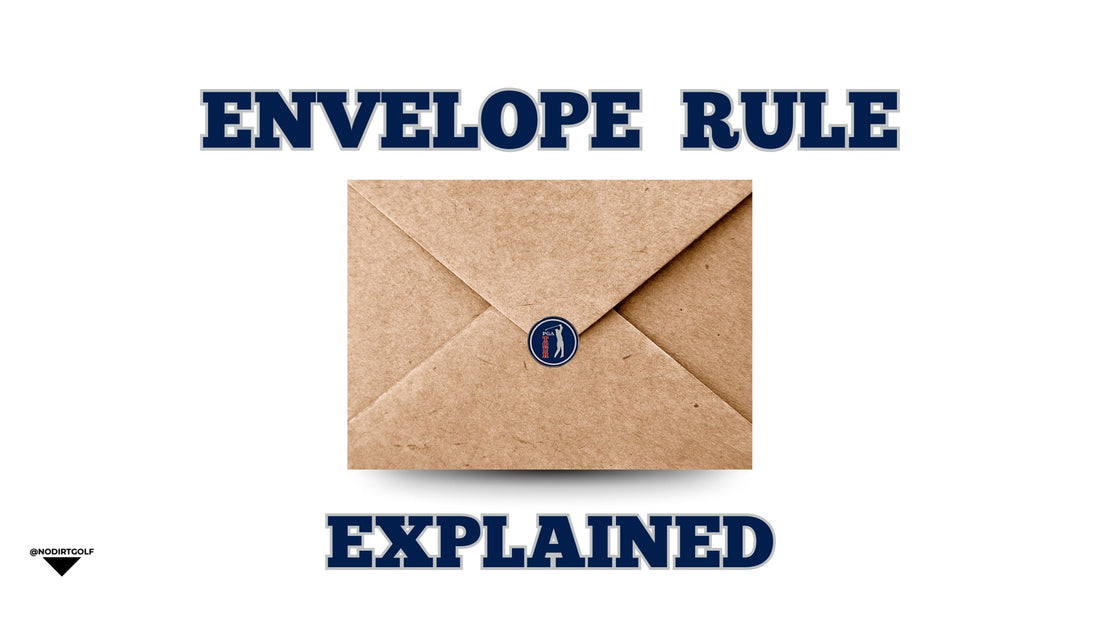
What the Ryder Cup “Envelope Rule” Means After US Player WD
What happened:
On Sunday morning at Bethpage Black, Europe announced Hovland couldn’t go due to a neck injury. Per Ryder Cup rules, when a player can’t compete in singles, the captains’ pre-submitted “envelope” is opened; the named opponent also does not play and the match is automatically halved. The U.S. envelope name was Harris English, so both sides get 0.5 and that singles match comes off the board. Score: Europe 12, USA 5 with 11 matches left.

Why was Harris English chosen?
Short version: because the U.S. captain had to put one name in a sealed envelope before singles (per Ryder Cup rules) and Keegan Bradley chose Harris English. When Viktor Hovland withdrew, officials opened the U.S. envelope and English was the pre-selected scratch, so that match was automatically halved.
Why English specifically? Bradley hasn’t publicly given a detailed rationale; captains typically pick the player they can most afford to lose from singles (form/fit/health). English had been winless in team play that week, which likely factored in. Bradley later called the rule “strange” and said he had the awkward job of telling English he was out.
The envelope rule, in one minute
When it’s used: If a player is injured/ill before singles start, the captains’ sealed envelopes are opened. The named player on the other team is benched, and the match is recorded as a tie (½–½).
Why it exists: To keep the session balanced and avoid a free point.

The “envelope rule” was introduced at the 1979 Ryder Cup (when the event expanded to include continental Europe) and has only been used a handful of times since.
Timing/limits: It covers one potential WD per side and must be settled before the first singles tee off.
Why it matters:
With the automatic half-point, Europe jumped to 12 points before a ball was struck in singles. Europe needs 14 to retain the trophy, so just 2 of the remaining 11 points will do it. For the U.S. to win, they now need 9.5 of 11 (to reach 14.5). That’s a huge mountain.
How unusual is this?
Very. The envelope rule has appeared only a few times in Ryder Cup history, and not for more than three decades, most recently in 1993, until today.
Let's go Team USA!